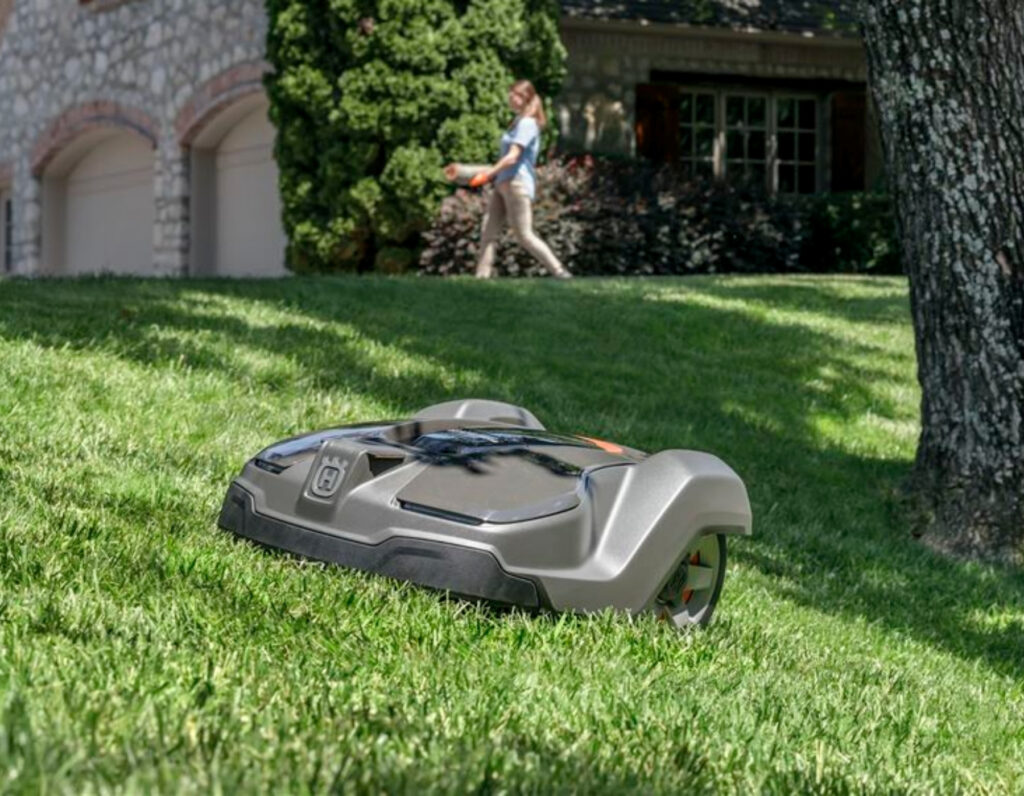Robo Lawnmowers: Like a Roomba for your Lawn
Robotics and automation have changed the way that a number of things work in the home. You may not realize that you can automate tasks outside of the home as well. Though they have not received as much attention as home automation sensors and digital assistants, robotic lawn mowers are starting to change the way that people approach lawn care. Modern robotic lawn mowers were introduced only in recent years, but the devices have a longer history than you might think.
Introducing the MowBot
Believe it or not, the first robotic lawn mower was actually created and patented in 1969. Dubbed the MowBot, the robotic device was self-propelled and capable of making random turns within an area defined by a signal wire that was used to create a boundary. Though the battery-powered device was primitive compared to today’s robotic lawn mowers, the approach it took to lawn maintenance wasn’t that far off from how today’s devices work. It had some staying power as well, as MowBot Inc. is still producing robotic mowers today that are more modern takes on the original MowBot functionality.
The Modern Robotic Lawn Mower
While robots like the MowBot persisted since the 1960s, it wasn’t until the 1990s that the more modern style of robotic lawn mowers began to emerge. A solar-powered mower was developed in 1995 by Husqvarna, and this was followed in the next 10 years by other niche robotic lawn mower designs. Smaller-scale robotic mower releases occurred in the United States and the UK in 2000, but it wasn’t until 2005 that the first widespread commercial release of a robotic lawn mower occurred. Interestingly, these mowers used the same sort of signal wire that the MowBot had combined with a few more modern features.
The market has taken off in the time since then, with a variety of solar-powered and self-charging robotic mowers hitting the market with innovations such as programmability, autonomous obstacle avoidance and even the ability to program or control the mower remotely from a smartphone or similar device. Some modern robotic mowers are even designed to only trim a small section of the grass blades at a time, opting instead to mow more frequently (often without any input from their owners) to keep the lawn in optimal shape.
Benefits of Robotic Lawn Mowers
Robotic lawn mowers offer a number of benefits over traditional push mowers or riding lawn mowers. A few of the benefits of these mowers include:
- Electric-powered robotic mowers reduce fuel costs and carbon emissions
- Smaller, more frequent cuts prevent excessive strain on your lawn that could result in browning or other damage
- Lightweight units that use random movements while cutting the lawn prevent damage caused by mowing in the same pattern repeatedly
- Electric units with smaller motors significantly reduce noise pollution while cutting
- The mulching action of robotic lawn mowers recycles clippings to feed your lawn throughout the year
Other benefits of using a robotic lawn mower include increased free time, more consistent lawn heights and the elimination of the dangers of injury created by the traditional lawn mower.
Rise of the Robots
Though once a niche market, robotic lawn mowers have seen a massive surge in popularity in recent years. Models can range in price from $400 to $3,500 or more, with higher-end models offering greater coverage and more programmability features. Robotic lawn mower sales are growing at a faster rate than sales of traditional mowers, with analysts believing that robotic mower sales will continue to increase by approximately 11 percent each year through 2024. As new mowers are designed and related technologies such as home automation develops, sales rates could increase even more.







